Action Learning (AL) is a popular method for improving organizational effectiveness by learning how to address real problems in real time. Authors Judy O’Neil and Victoria J. Marsick provide a solid introduction to the four AL “schools,” or methods. They help you assess whether AL is right for your firm and, if so, which school of thinking you should choose. They offer good information and give you the basics of getting started with AL. Their book has a familiar textbook style, with case studies and an appendix offering deeper theory. However, awkward phrasing, repetitive language and an academic approach can, at times, distract from the content. Nonetheless, getAbstract thinks the book offers a useful explanation of AL for executives and managers, especially those with human-resource or training responsibilities.
Is Your Organization Ready for Action Learning?
Action Learning (AL) has become an increasingly popular method of employee training and development over the past 20 years. Companies face a new set of challenges, including globalization, and need to generate innovative solutions instead of relying on the same old answers. Because AL is based on real-time, hands-on learning, it appeals to practical managers who want quick impact with quantifiable results.
To benefit from this system, first ascertain how fully your corporate culture can implement AL. For example, the highest “school” of AL encourages learners to challenge corporate values and the status quo, so if you do not wish to overhaul your culture, select a less demanding approach. The schools of AL resemble a progressive pyramid, where the higher levels incorporate and build on the traits of the lower ones.
Choose from these four schools:
- “Tacit” – This is the foundation level of AL. Its core idea is that learning will take place naturally if a carefully chosen team works together to solve an issue. It emphasizes action and results, rather than the learning process, although the...
Judy O’Neil, Ed.D., teaches at Columbia University and serves as president of Partners for Learning and Leadership, Inc. Victoria J. Marsick, Ph.D., also teaches at Columbia and co-directs its J.M. Huber Institute for Learning in Organizations.









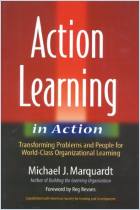
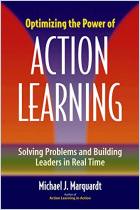
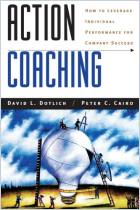

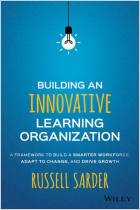
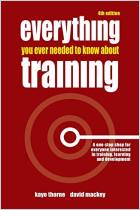


Comment on this summary or 开始讨论